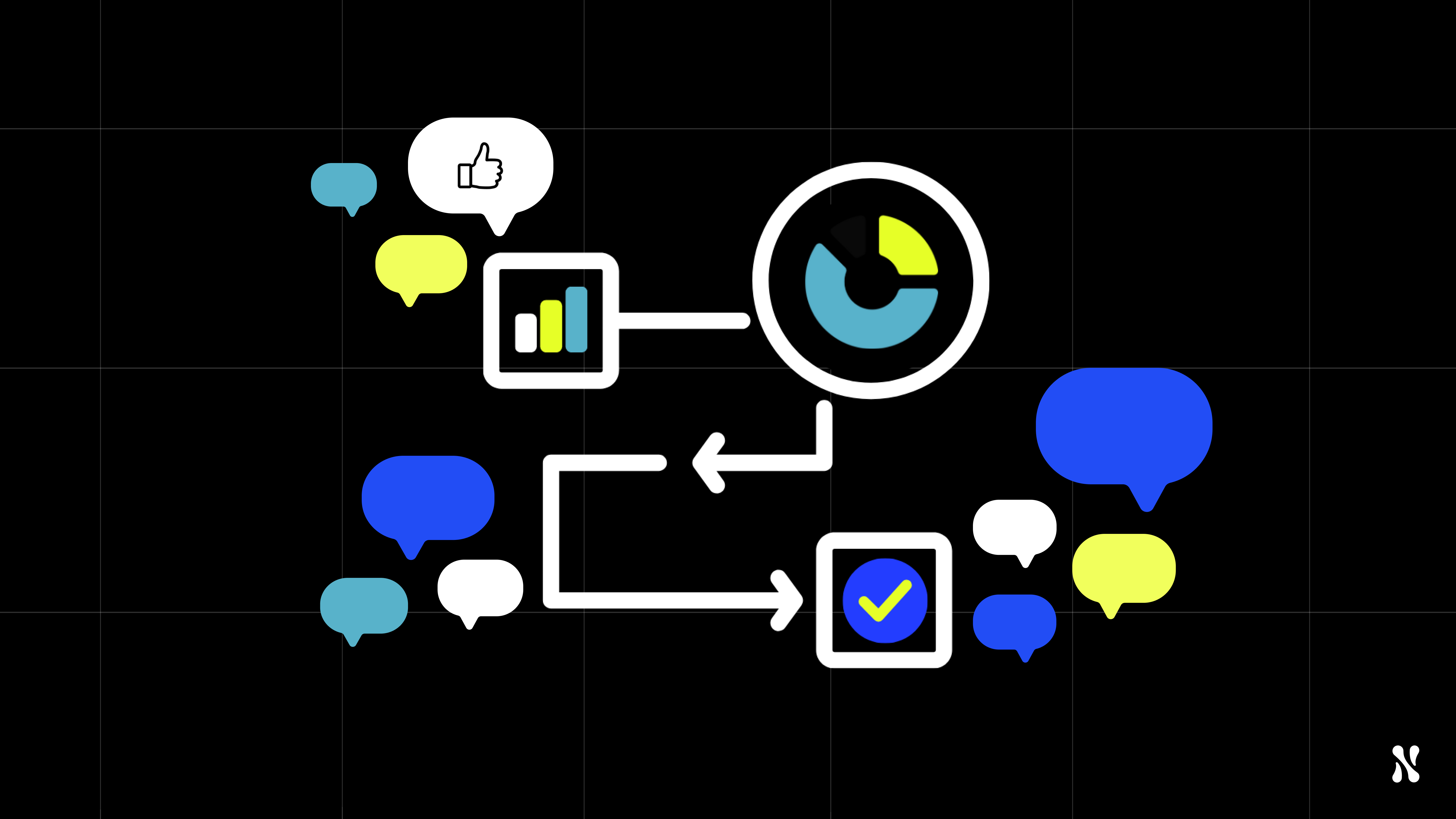Understanding the Shift in User Experience
User experience (UX) has always been a critical component of technology design, focusing on how users interact with digital products. However, with the advent of generative AI and large language models (LLMs), the landscape of UX is undergoing a profound transformation. These advancements are reshaping how users engage with technology, moving beyond static interfaces to create dynamic, predictive, generative, and deeply personalized experiences.
The Emergence of AI in UX
Artificial Intelligence (AI) has significantly impacted UX by enabling the shift from pre-defined, point-and-click interfaces toward conversational and nondeterministic, generative interfaces. Traditional UX design often centered around optimizing user interfaces for efficiency in predefined user journeys. Today, AI and LLMs introduce a layer of sophistication that opens up an endless number of use cases, while at the same time anticipating user needs and adapting in real-time. This shift is not just about enhancing UX to achieve the same outcomes more efficiently but about redefining the very nature of user interaction and what users can accomplish by working with an intuitive AI system.
Key Transformations in UX Due to AI
1. Intelligent Conversational Interfaces
AI-driven chatbots and virtual assistants are revolutionizing several industries from education to customer support and engagement. These systems offer human-like interactions, handle complex queries, and provide instant responses. The result is an enhanced UX that feels more like a conversation than a transactional interaction.
2. Enhanced Personalization
AI's ability to analyze vast amounts of data allows it to understand context and offer highly personalized user experiences, sometimes leading to surprising user interactions. By leveraging user behavior and preferences, AI can tailor content, recommendations, and interfaces to individual needs. This level of personalization ensures that users feel understood and achieve their goals efficiently, which is crucial for maintaining engagement and satisfaction.
3. Predictive Analytics
Predictive analytics powered by AI helps streamline user interactions by anticipating needs before they are explicitly stated. For instance, predictive search, conversation suggestions and personalized content recommendations reduce friction in user journeys, making interactions smoother and more intuitive.
4. Accessibility and Inclusivity
AI tools are making digital experiences more accessible. Features like voice recognition, screen readers, and adaptive interfaces ensure that users with disabilities can engage with technology seamlessly. AI’s role in accessibility is critical for creating inclusive digital environments.
Designing for AI-Enhanced UX
When integrating AI into UX design, several principles should guide the process to ensure effective and user-centered outcomes:
1. Start with the User
AI should enhance, not overshadow, the user experience. Begin by understanding how users currently perform tasks and identify opportunities where AI can add value. The focus should always be on how AI can improve the user journey rather than on the technology itself. For example, generative AI and LLMs have been adopted on a large scale by software developers because they can write code efficiently and accurately directly in the environment where the developer is already working.
2. Set Realistic Expectations
AI’s capabilities can be misunderstood or overstated. Clearly communicate what your AI can and cannot do, and avoid labeling it as "magic." Transparency about AI’s limitations helps build trust and allows users to integrate AI into their workflows more effectively.
3. Explain AI Decisions
Users need to understand how AI arrives at its conclusions. Providing explanations for AI decisions and making underlying data and algorithms accessible helps users trust and make better use of AI-powered features. If detailed transparency is not possible, explain the basics of the algorithms' logic and data sources it has available.
4. Design for Failures
AI systems are not infallible, they create nondeterministic responses and are known to hallucinate and in some cases even create clearly misleading or undesired outputs. Design with the assumption that AI will occasionally fail, and create interfaces that handle these failures gracefully. This approach includes offering clear error messages and alternative options when the AI cannot provide a definitive answer.
5. Maintain Human Control and Collect User Feedback
AI should augment human capabilities rather than replace them. Users should have control over AI actions and be able to provide feedback or override decisions. This ensures that AI remains a supportive tool rather than an autonomous entity.
Looking Ahead: The Future of AI in UX
The integration of AI into UX design is still evolving, with new possibilities emerging as technology advances. Future developments may include even more sophisticated predictive models that are able to complete tasks for users, deeper personalization, and enhanced conversational and multimodal capabilities using voice and video. As AI continues to evolve, it will undoubtedly play an increasingly central role in shaping the future of user experience, offering richer, more intuitive, and adaptive interactions.
In this new era, embracing AI’s potential while maintaining a user-centered approach will be key to creating impactful and effective digital experiences. The challenge for UX designers and technologists will be to harness AI’s power thoughtfully and ethically, ensuring that technology enhances rather than complicates the user journey.
How User Feedback and Analytics can help AI UX development
To support these efforts, Nebuly offer a powerful solution for businesses looking to optimize their AI user experiences. Nebuly specializes in the analysis and refinement of AI user experiences, ensuring continuous improvement through its advanced analytics and feedback integration tools. By providing insights into customer interactions and performance metrics, Nebuly helps businesses enhance their AI’s effectiveness, ensuring it remains responsive to evolving customer needs and preferences. If you'd like to learn more, please request a demo HERE.






